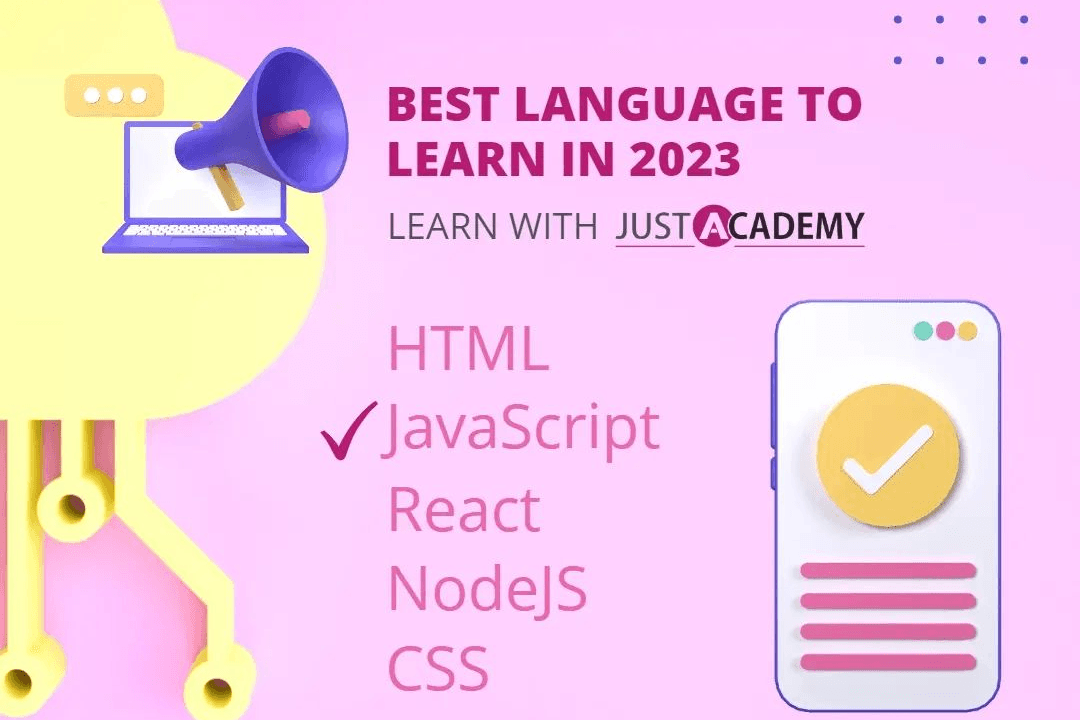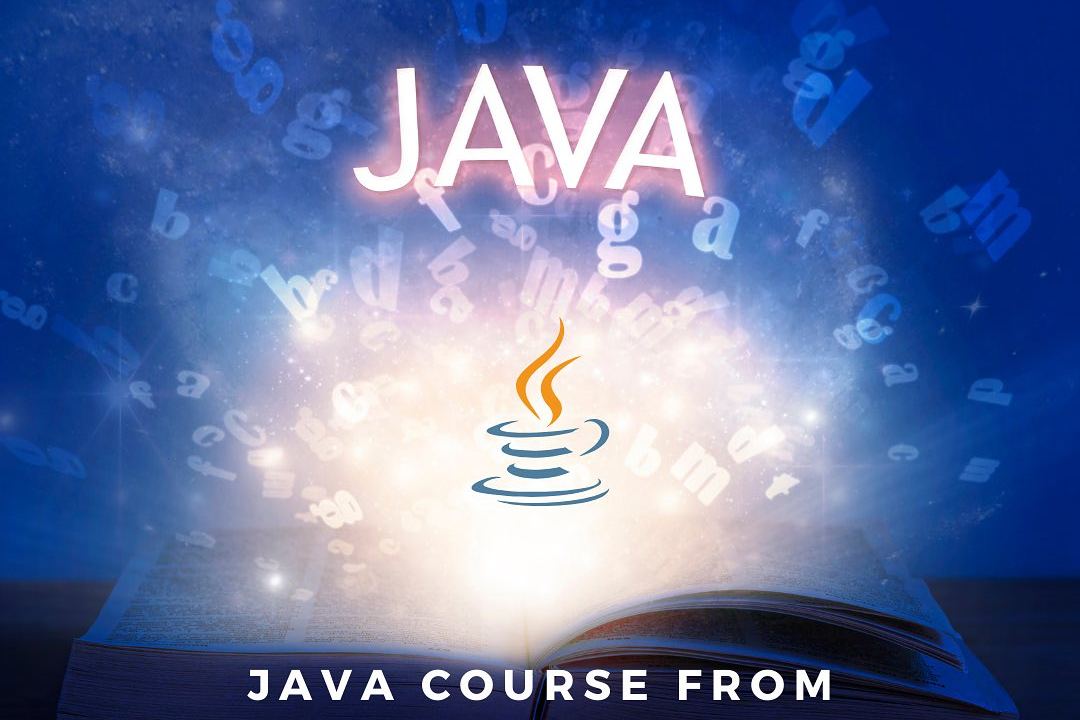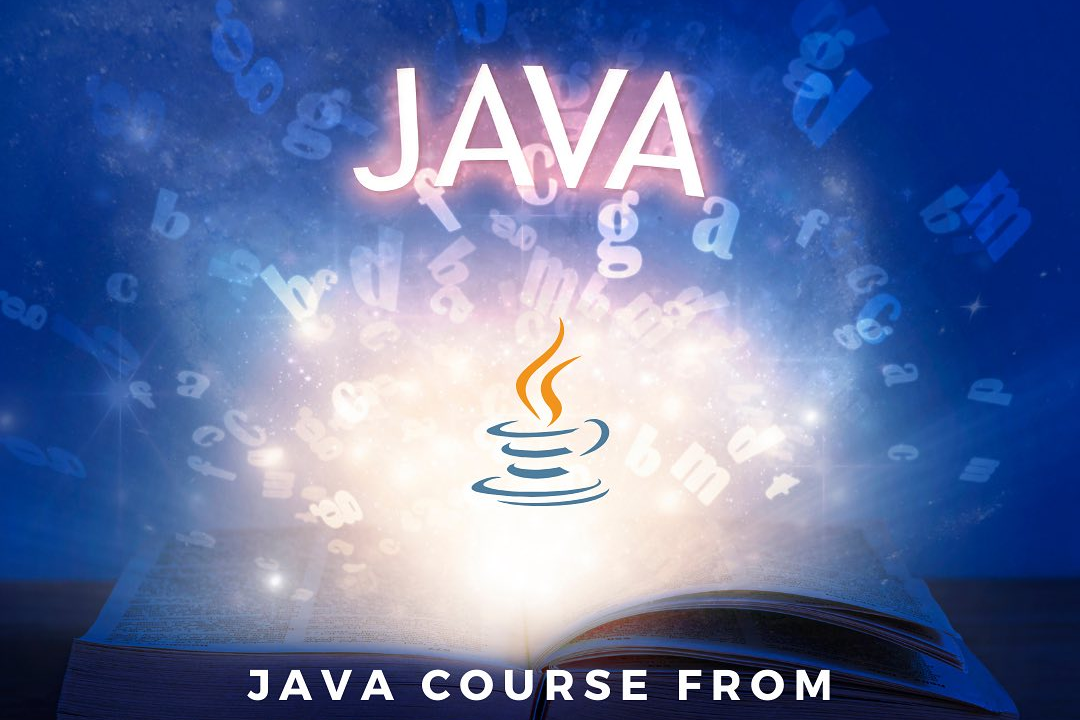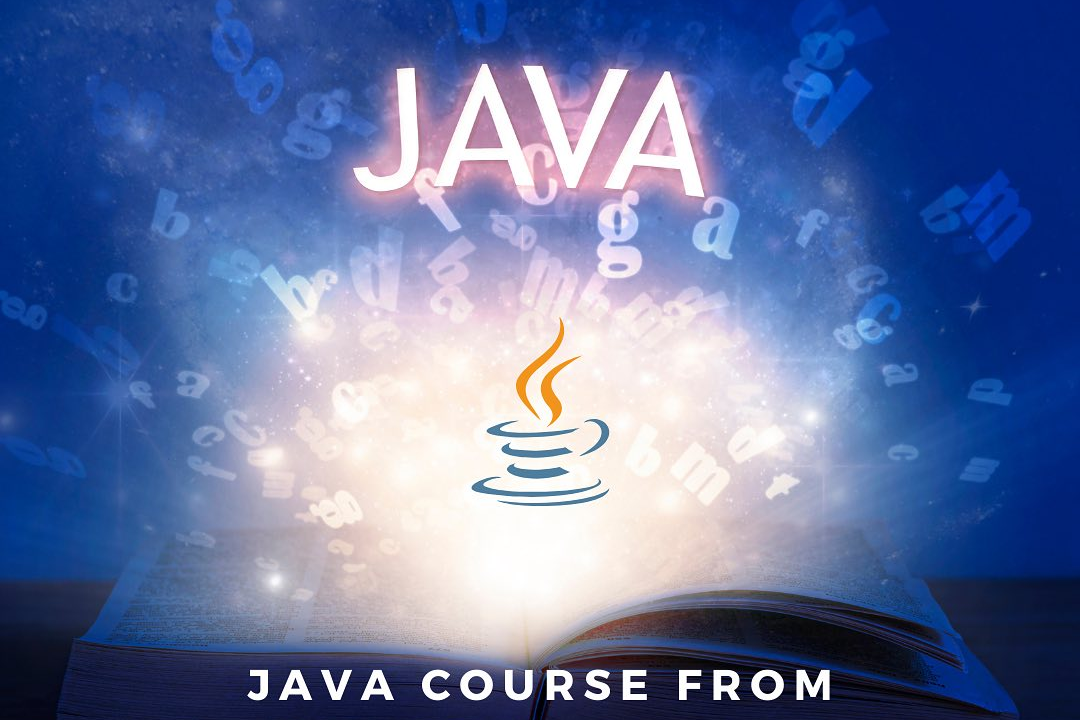Es6 Javascript Interview Questions
Top 10 ES6 JavaScript Interview Questions
ES6, or ECMAScript 2015, is a major update to the JavaScript language that introduced new features and syntax to make code more concise, readable, and maintainable. As a result, understanding the concepts and usage of these features has become an important aspect of any JavaScript interview. Some common ES6 interview questions may include topics such as arrow functions, template literals, classes, let and const variables, and destructuring assignments. Knowledge of these features and how they differ from older versions of JavaScript is crucial for developers to stay up-to-date and write efficient and modern code.
To Download Our Brochure: https://www.justacademy.co/download-brochure-for-free
Message us for more information: +91 9987184296
1 - What is ES6?
ES6 is the 6th version of the ECMAScript language, which is the standard for scripting languages like JavaScript. It was released in 2015 and introduces several new features such as classes, arrow functions, and let/const declarations.
2) What are the benefits of using ES6?
ES6 makes code more organized and easier to read, with its introduction of classes and modules. It also includes new built in functions that make common tasks easier, such as string interpolation and array manipulation. Additionally, it helps to avoid common bugs and errors that were present in previous versions of JavaScript.
3) What are the differences between let, var and const?
Let and const, introduced in ES6, allow for block scoping, meaning that variables defined within a block of code (enclosed by curly braces) cannot be accessed outside of that block. Var, on the other hand, does not have block scope and variables declared with var are accessible throughout the entire function they are declared in. Another key difference is that const variables cannot be reassigned or redeclared, whereas let and var variables can be reassigned.
4) What are arrow functions?
Arrow functions, also known as fat arrow functions, are a new syntax for creating functions in ES6. They are shorter and more concise than traditional functions, and they maintain the scope of the parent function, instead of creating their own scope. This means that the value of ‘this’ within an arrow function will be the same as the value of ‘this’ outside of the function.
5) What are template literals?
Template literals are a new string syntax in ES6, denoted by backticks (`) instead of single quotes(') or double quotes("). They allow for easier string interpolation and multi line strings. Template literals also support JavaScript expressions, making it easier to inject dynamic content into strings.
6) What is a class in ES6?
A class in ES6 is a new way to create objects and their behavior, replacing the traditional constructor function syntax in JavaScript. Classes make use of the ‘class’ keyword and have a constructor method, which is used to set initial values for object properties. Methods can also be defined within a class, using the arrow function syntax.
7) What is a promise?
A promise is an object in ES6 that represents the eventual completion of an asynchronous operation. It is a cleaner and more efficient alternative to using callbacks for handling asynchronous code. Promises have a ‘then’ method, which is used to handle the resolved value of the promise, and a ‘catch’ method for handling any errors that may occur.
8) How does ES6 handle modules?
ES6 introduces a standardized way of handling modules in JavaScript. Modules allow for splitting code into separate files, which can then be imported and exported using the ‘import’ and ‘export’ keywords. This helps to keep code organized and improves code reusability.
9) What is the spread operator?
The spread operator is denoted by three dots (…) and is used to expand an iterable object (such as an array or string) into individual elements. It can be used to create shallow copies of objects and to easily concatenate arrays.
10) How do you set default parameters?
ES6 allows for default parameters to be set in function declarations. Default parameters are used when a value is not provided for a particular argument in a function call. They are defined by assigning a value in the function parameters, such as function(name = ‘John’).
11) What is destructuring assignment?
Destructuring assignment is a way to extract multiple values from an object or array and assign them to variables in a single statement. It is a short and concise way to access and use specific values within an object or array.
12) What are generators?
Generators are functions in ES6 that can pause execution and return the control to the caller at any point using the ‘yield’ keyword. They can be used to create iterators, which are objects that can be iterated through one at a time. Generators are useful for handling asynchronous operations, such as making API calls.
13) How do you handle errors in ES6?
To Download Our Brochure: Click Here
Message us for more information: +91 9987184296
ES6 introduces a new error handling mechanism, the ‘try…catch’ statement. This allows for the handling of errors in a cleaner and more organized way, by allowing code to continue running after an error occurs, instead of crashing the entire program.
14) What are symbols?
Symbols are a new primitive data type introduced in ES6. They are unique and immutable values, used to create private properties and methods in objects. They are useful for avoiding accidental property name collisions in larger codebases.
15) How do you use ES6 with older browsers?
To use ES6 in older browsers, it needs to be transpiled (converted) into ES5, which is supported by all major browsers. This is achieved using Babel, a popular tool for transpiling ES6 code to ES5. Additionally, polyfills can be used to provide missing functionality in older browsers, allowing them to support ES6 code.
Browse our course links : https://www.justacademy.co/all-courses
To Join our FREE DEMO Session: Click Here
Contact Us for more info:
- Message us on Whatsapp: +91 9987184296
- Email id: info@justacademy.co
String Coding Interview Questions In Java
Top 100 Interview Questions For Freshers












